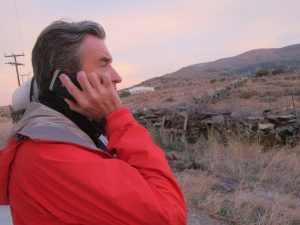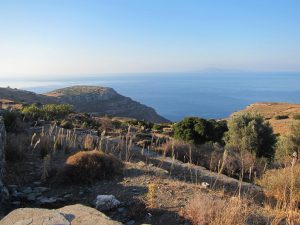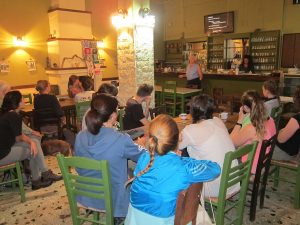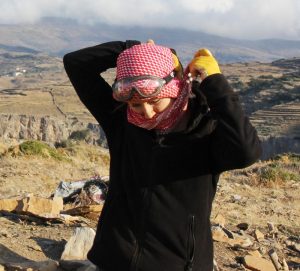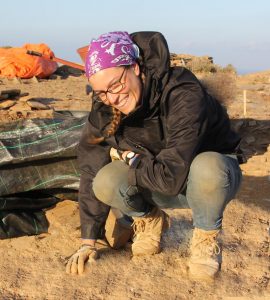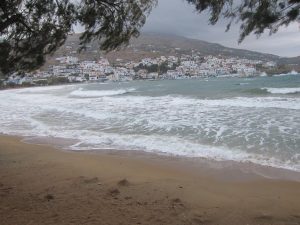
Online content producer
The Zagora directors check the weather forecasts assiduously to help plan whether or not it is safe to work on site at Zagora. If wind at Beaufort 9 or higher, or heavy, constant rain is forecast, the directors cancel work on site for that day. Although everyone is keen to complete as much work to as high a standard as possible during the season, safety is paramount, and risk is assessed in order to be minimised at every step.
Team members are advised at dinner the night before if work is not to proceed on site the following day. If work on site at Zagora is not possible, all team members are allocated to other important project tasks.
